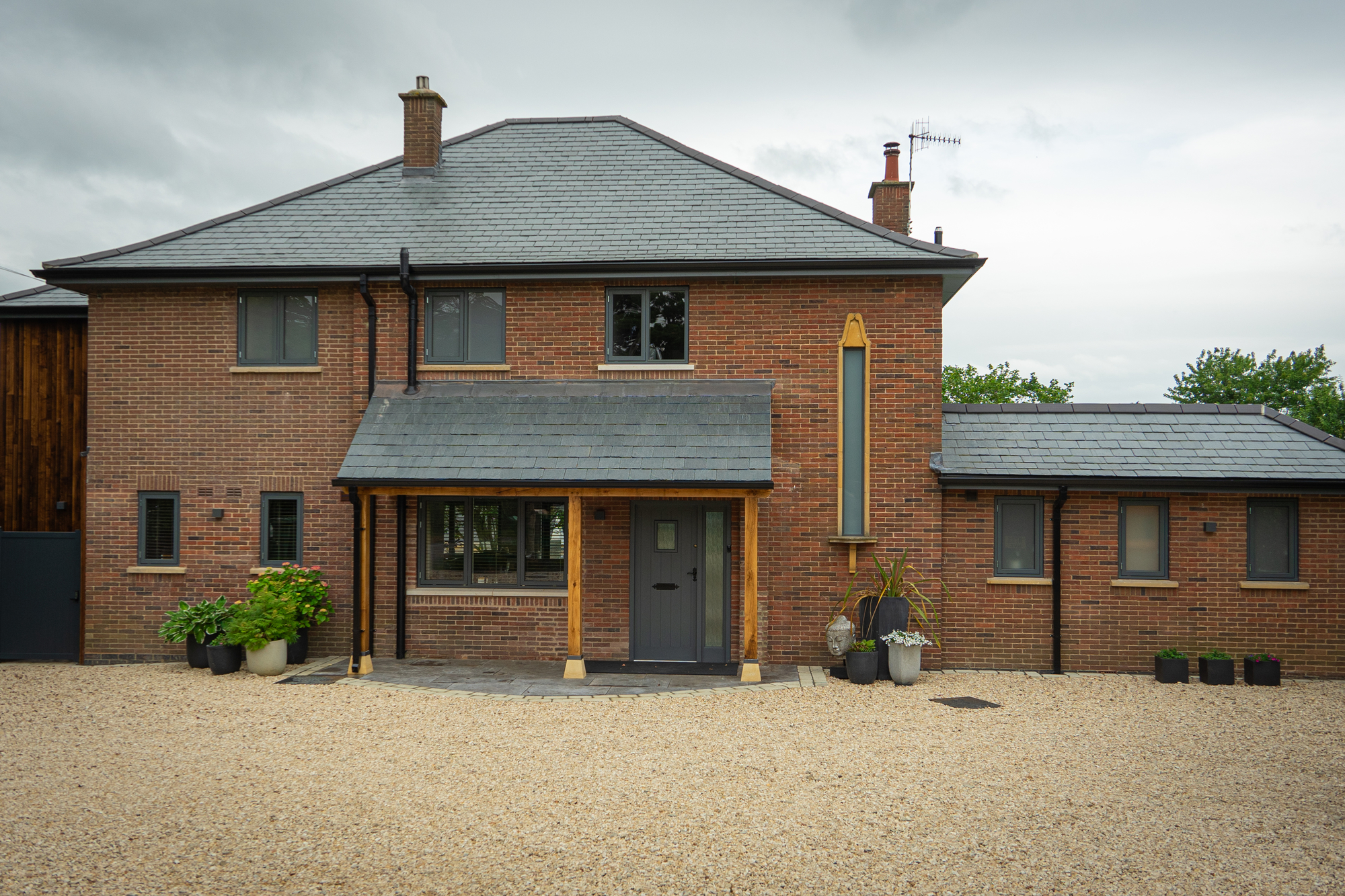In recent years, glass partitions have emerged as a transformative element in modern architecture and interior design, revolutionizing the way spaces are utilized in both commercial and residential settings. As businesses and homeowners alike seek to maximize natural light, enhance aesthetic appeal, and improve functionality, advancements in glass partition technology have led to innovative solutions that cater to these needs. This article explores the latest developments in glass partitions, highlighting their benefits, design possibilities, and the impact they have on contemporary environments.
The Evolution of Glass Partitions
Historically, glass partitions were primarily used in office environments to create divisions between workspaces while maintaining an open atmosphere. However, recent technological advancements have expanded their applications beyond traditional office settings. Today, glass partitions are utilized in a myriad of environments, including retail spaces, educational institutions, healthcare facilities, and even residential homes. This evolution is driven by a growing demand for flexible, adaptable spaces that can accommodate various activities while promoting a sense of openness and connectivity.

Enhanced Durability and Safety
One of the most significant advances in glass partition technology is the development of more durable and safer materials. Modern glass partitions are often made from tempered or laminated glass, which is designed to withstand impact and resist shattering. This is particularly important in high-traffic areas where the risk of accidental damage is greater. Additionally, advancements in glass manufacturing processes have led to the creation of thicker, more resilient panels that provide enhanced sound insulation and thermal performance. This combination of durability and safety makes glass partitions a practical choice for a wide range of applications.
Innovative Design Options
The aesthetic appeal of glass partitions has also seen remarkable advancements. Designers now have access to a variety of options that allow for customization and creativity. From frosted and patterned glass to colored and etched finishes, the possibilities for personalization are virtually limitless. This allows businesses and homeowners to create unique environments that reflect their brand identity or personal style.
Furthermore, the introduction of smart glass technology has taken design to a new level. Smart glass can change its opacity at the touch of a button, allowing users to switch between transparency and privacy as needed. This feature is particularly beneficial in environments where flexibility is essential, such as conference rooms or collaborative workspaces. The ability to control visibility not only enhances privacy but also adds a dynamic element to the design, making spaces more functional and engaging.
Sustainability and Environmental Considerations
As sustainability becomes an increasingly important factor in design and construction, glass partitions are also evolving to meet eco-friendly standards. Many manufacturers are now producing glass products that are recyclable and made from sustainable materials. Additionally, advancements in energy-efficient Glazing By Ideal Glass technologies have led to the development of glass partitions that minimize heat transfer, thereby reducing energy consumption for heating and cooling. This is particularly advantageous in commercial buildings, where energy efficiency is a critical concern.
Moreover, the use of glass partitions can contribute to improved indoor air quality. Unlike traditional wall materials, glass does not harbor dust, allergens, or pollutants, making it a healthier option for indoor environments. By allowing natural light to penetrate deeper into spaces, glass partitions can also reduce the need for artificial lighting, further enhancing sustainability efforts.
Acoustic Performance and Privacy Solutions
Another significant advancement in glass partition technology is the improvement in acoustic performance. Modern glass partitions can be designed to provide effective sound insulation, making them suitable for environments where noise control is essential. This is particularly important in open-plan offices, where distractions can hinder productivity. Acoustic glass solutions, which incorporate specialized interlayers, can significantly reduce sound transmission, creating quieter and more focused workspaces.
For privacy, manufacturers have developed a range of solutions to complement glass partitions. From integrated blinds and shades to smart film that can switch from transparent to opaque, these innovations allow users to maintain privacy without sacrificing the benefits of natural light. This flexibility is especially valuable in healthcare settings, where patient privacy is paramount, as well as in corporate environments where confidential discussions take place.
Flexibility and Adaptability
One of the most compelling advantages of modern glass partitions is their flexibility and adaptability. Unlike traditional walls, glass partitions can be easily reconfigured to accommodate changing needs. This is particularly beneficial in dynamic work environments where teams may need to collaborate or work independently at different times. Modular glass partition systems can be installed and removed with minimal disruption, allowing businesses to adapt their spaces quickly and efficiently.
In residential settings, glass partitions can be used to create open-concept living areas while still providing a sense of separation between different zones. For example, a glass partition can delineate a home office from a living room, allowing for both privacy and connectivity. This adaptability is crucial in today’s fast-paced world, where the ability to modify spaces in response to evolving requirements is highly valued.
Conclusion
The advancements in glass partition technology have significantly transformed how spaces are designed and utilized. With enhanced durability, innovative design options, sustainability considerations, improved acoustic performance, and unparalleled flexibility, glass partitions have become a preferred choice for architects, designers, and homeowners alike. As the demand for open, collaborative, and adaptable environments continues to grow, the role of glass partitions in shaping modern interiors will undoubtedly expand, offering endless possibilities for creativity and functionality. As we look to the future, it is clear that glass partitions will remain at the forefront of architectural innovation, seamlessly blending aesthetic appeal with practical solutions for a diverse range of applications.


